Red-footed boobies on Wolf Island in the Galápagos Islands are falling victim to vampire finches rather than predatory mammals.

Sparrows surround a mad bird to drink its blood. Photo: simonjpierce
Living on Wolf and Darwin islands, vampire finches have adapted to resource shortages by drinking blood several times a year. Finches in the Galápagos Islands have been noted to have different beaks depending on their diet of fruits, insects, or seeds. But when water is scarce, they choose to drink blood from boobies, according to IFL Science .
Wolf Island is extremely dry for much of the year, according to the nonprofit conservation organization Galápagos. While the island’s plants produce seeds during brief rains, this food source doesn’t last long for hungry finches, forcing them to seek alternative sources of moisture and nutrients. The prevailing theory among researchers is that they initially ate parasites from the feathers of Nazca boobies and red-legged boobies by pecking at them. Now, the finches have gone a step further, using their beaks to peck and drink the blood that flows from the boobies. When one finch makes a wound, other finches line up for a meal.
While the behavior may seem barbaric, the sparrows’ foraging behavior doesn’t seem to bother the boobies. However, they don’t stop there. Vampire sparrows also target boobies’ eggs. If they can’t crack the shell, they try to break the egg by pushing it down from a height. The drastic change in diet even affects the vampire sparrows’ gut bacteria, making them different from their fruit, seed, and insect-eating counterparts. According to a 2018 study, vampire sparrows ( Geospiza septentrionalis ) have a unique gut bacteria system due to their carnivore-like diet.
Further research has found that the bacterial flora of vampire finches shares many similarities with that of vampire bats. This may be an example of convergent evolution, where two unrelated species evolve similar traits. They both have higher levels of Peptostreptococcaceae bacteria compared to non-blood-sucking individuals. This bacteria seems to be quite useful when processing a lot of sodium and iron from the diet.
An Khang (According to IFL Science )
Source link



![[Photo] Draft documents of the 14th Party Congress reach people at the Commune Cultural Post Offices](https://vphoto.vietnam.vn/thumb/1200x675/vietnam/resource/IMAGE/2025/10/28/1761642182616_du-thao-tai-tinh-hung-yen-4070-5235-jpg.webp)

![[Photo] President Luong Cuong attends the 80th Anniversary of the Traditional Day of the Armed Forces of Military Region 3](https://vphoto.vietnam.vn/thumb/1200x675/vietnam/resource/IMAGE/2025/10/28/1761635584312_ndo_br_1-jpg.webp)









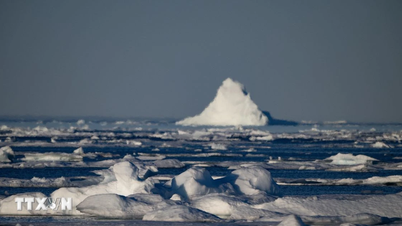





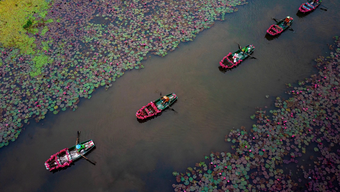







![[Photo] The 5th Patriotic Emulation Congress of the Central Inspection Commission](https://vphoto.vietnam.vn/thumb/1200x675/vietnam/resource/IMAGE/2025/10/27/1761566862838_ndo_br_1-1858-jpg.webp)

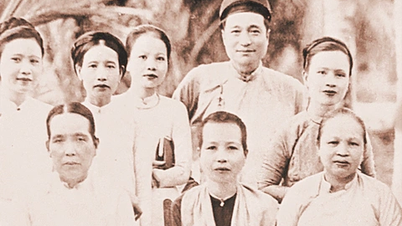







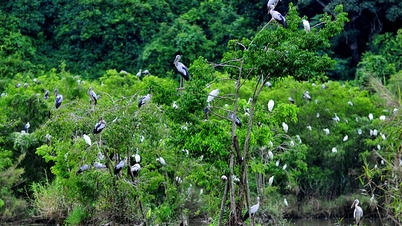

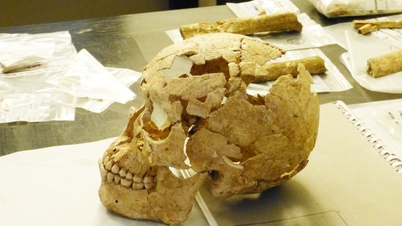




















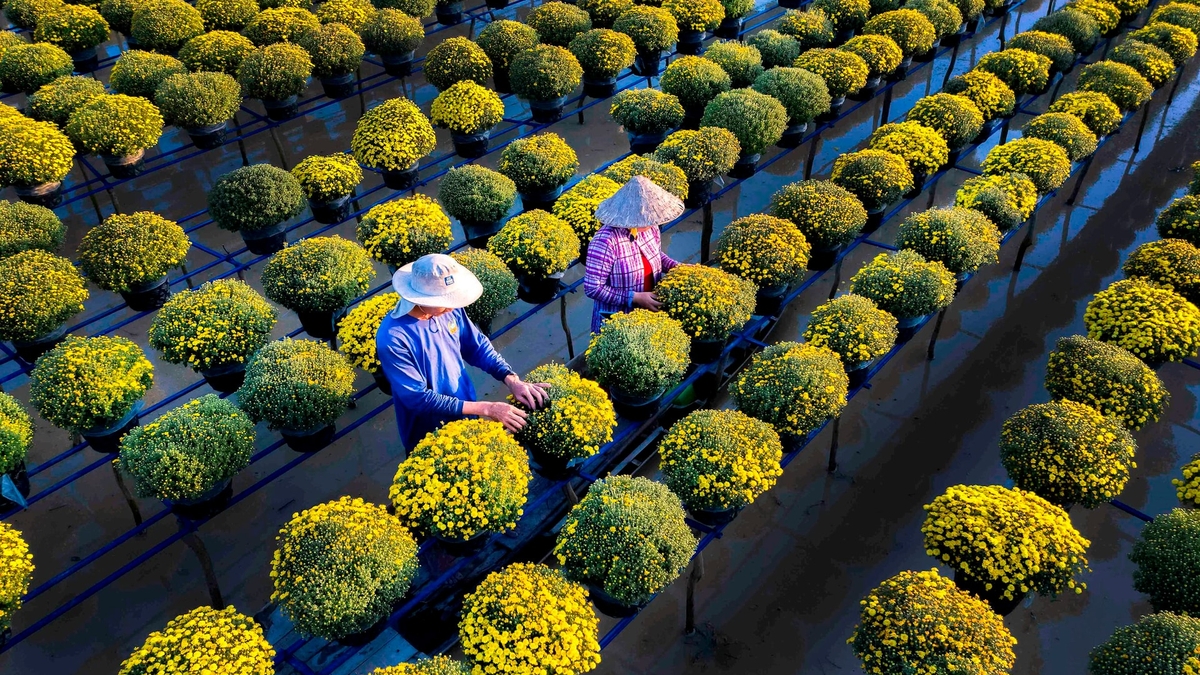
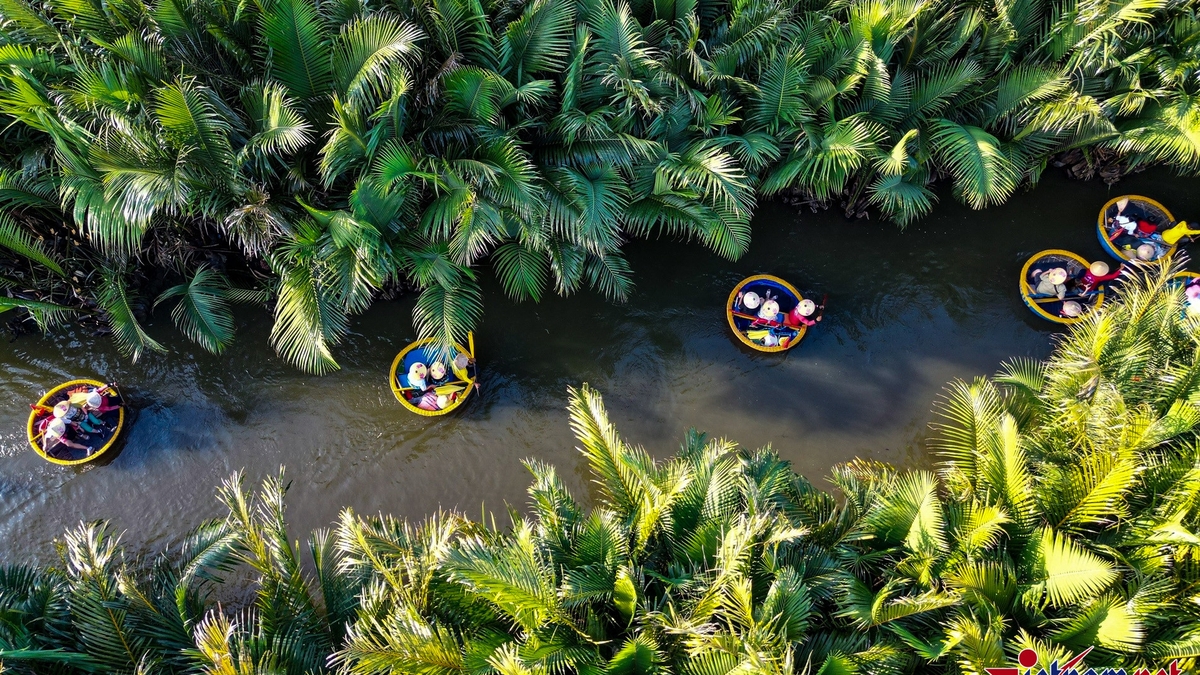












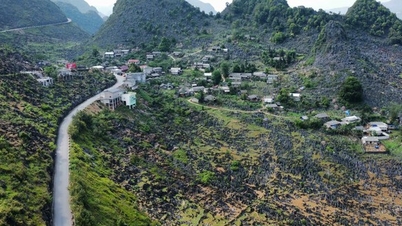



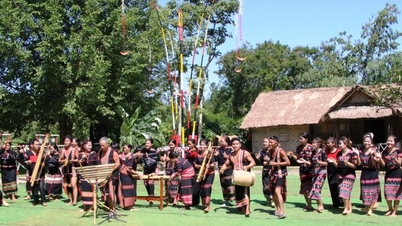


























Comment (0)